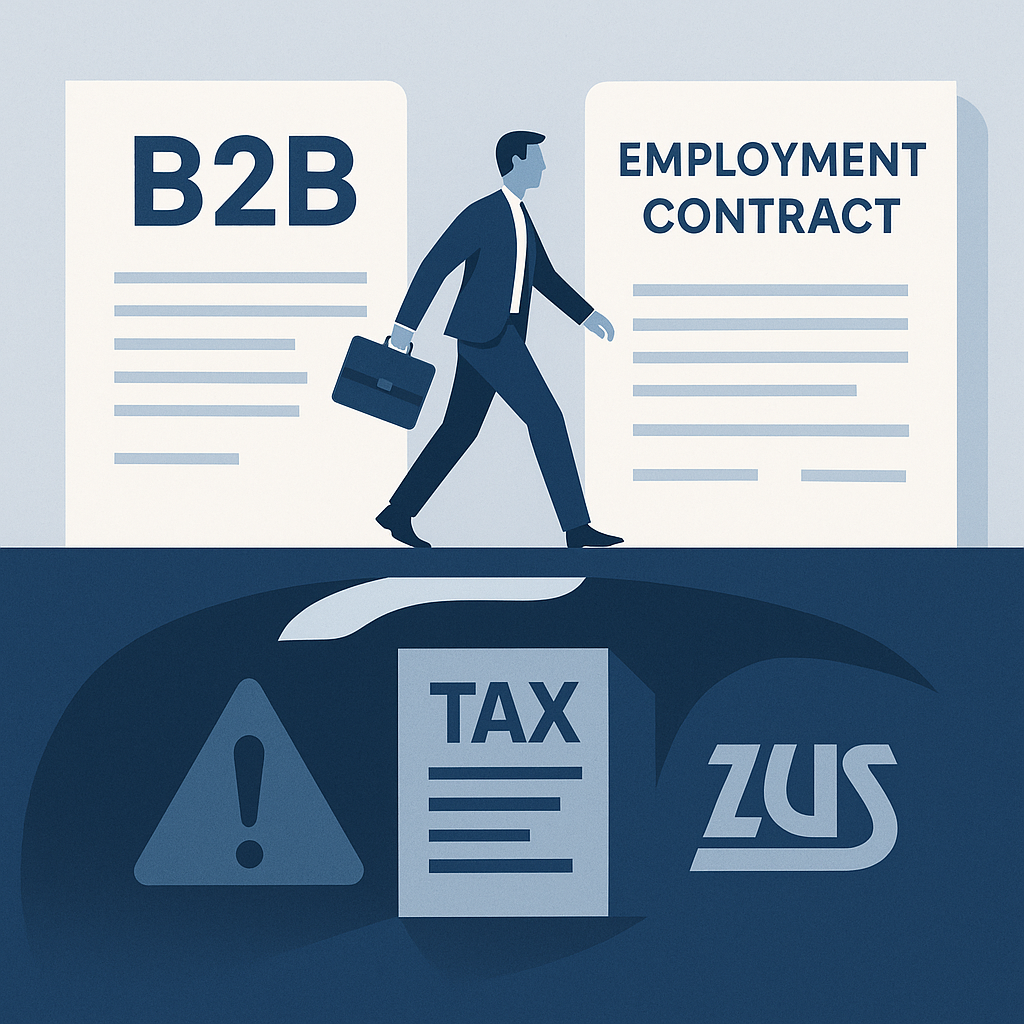The Ministry of Finance has confirmed that new, more restrictive limits on the depreciation and leasing costs of company (and corporate) cars, based on the vehicle’s CO₂ emissions, will come into effect on January 1, 2026. These changes could significantly impact the costs of running a business for many businesses. Below, you’ll find key information and tips on how to prepare.
What exactly is changing
Depreciation deduction limits
- Electric or hydrogen-powered cars
Depreciation limit: PLN 225,000
For “green” vehicles, the limit remains unchanged. - Combustion or hybrid cars (CO₂ emissions< 50 g/km)
Depreciation limit: PLN 150,000
For low emission cars (< 50 g CO₂/km) the limit is PLN 150,000. - Other cars (CO₂ emissions ≥ 50 g/km)
Depreciation limit: PLN 100,000
For cars with higher emissions, the limit is reduced to PLN 100,000.
Leasing, rental, lease and similar agreements
Similar limits will apply to leasing installments, rent or lease payments (excluding insurance premiums).
Exceptions – “green” vehicles
For electric and hydrogen-powered cars, the limit of PLN 225,000 remains – both for depreciation and leasing.
Consequences for entrepreneurs
Higher tax costs
Part of the value of combustion vehicles may not be included in the costs of obtaining income, which will increase the tax base (PIT or CIT).
Impact on leasing and fleet plans
Companies that enter a car into the fixed asset register before January 1, 2026, will benefit from the current (higher) limits.
Incentive for low- or zero-emission vehicles
The new regulations are pro-ecological in nature and reward the modernization of the fleet towards low or zero emission.
Doubts and risks
Lease agreements concluded before 2026
It is not fully clear whether the new limits will cover contracts signed earlier but settled after January 1, 2026.
Unequal treatment of entrepreneurs
Depending on the form of vehicle use (leasing, ownership, rental), CO₂ emissions and accounting method, costs can vary significantly.
What is worth doing now?
1. Check the fleet
- CO₂ Emissions Audit: Assess which vehicles qualify for more favourable limits (< 50 g CO₂/km) and analyze the possible purchase of new cars.
2. Speed up your purchasing or leasing decisions
- Time window until the end of 2025: if you plan to purchase a combustion car, finalize the transaction before December 31, 2025, to benefit from the existing limits.
3. Calculate full costs
- TOC – Total Cost of Ownership: take into account not only the purchase price, but also operating costs, depreciation, taxes and any environmental fees.
4. Consult a tax advisor
- Interpretations and documentation: While the regulations are in place, the details may be subject to further refinement. It’s worth staying in touch with an expert.
Summary
New limits on company car depreciation and leasing costs will come into effect on January 1, 2026. Companies using combustion-engine vehicles will experience higher tax burdens, while investments in low- or zero-emission vehicles will continue to receive preferential treatment. If you run a business and are planning to buy a car or replace your fleet, now is the perfect time to make a decision.




